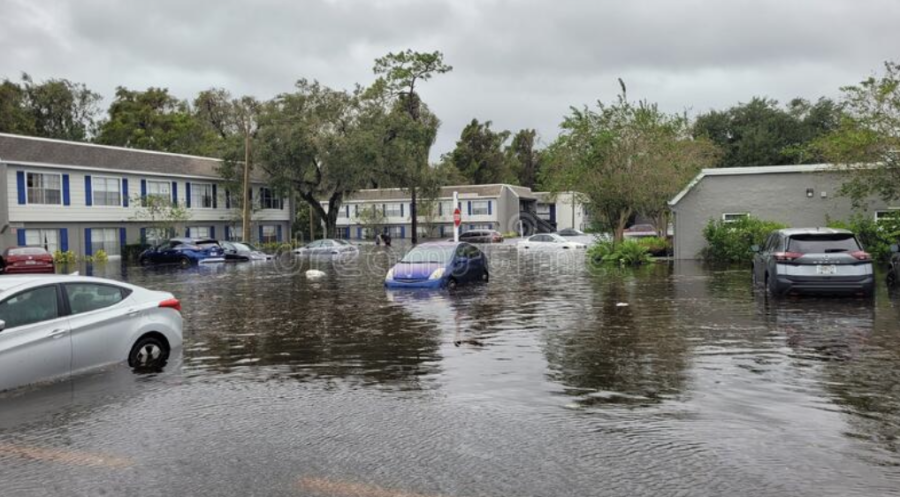Hurricane Ian and FEMA response
The path taken by Hurricane Ian through Florida, US has left in its trail numerous residents in despair. Nearby regions were flooded with about four feet of contaminated water, and most dwellers were forced to flee and leave their precious belongings behind. Even after the storm, refugees were obliged to wait about 3~4 hours as government authorities such as the Federal Emergency Management Agency (FEMA) tried to gather assistance and application forms for them to sign. As they no longer had a home, they had no other choice than to rely on government-supported shelters and donations of food, garments, and other necessities provided by sympathetic citizens and organizations.
Though it is the government’s duty to respond promptly to such situations and give the victims whatever necessary support they require, according to some of the affected individuals, they have not gotten sufficient attention for their situation nor the economic support they were promised. The victims’ color, ethnicity, and background seemed to have a strange correlation with whether they’ve received government aid: almost all Florida residents claim to have received support quite quickly, while those living in areas near Fort Myers Beach, seemed to face much more challenges while getting assistance.
According to CNN news, “the mixed reviews are not new”, and “FEMA has long been criticized for providing inequitable responses to hurricanes”. When it comes to natural disasters, the government should stay impartial to the victim’s identities. Therefore, seeing how current authority figures seem to be taking into account features such as ethnicity, area of residence, and societal value of the refugees, emphasizes the need for adjustment in their methods of prioritization. Consideration of who is the most vulnerable, and how best to help them, should be their main motive. Going beyond the non-transparent dealings of the government, however, is the tangible damage caused by the hurricane.
Even though it’s been about four months since the catastrophe, the effects of category 4 hurricane Ian seem to be boundless, with full recovery out of sight. The main, irrevocable damage having directed toward the 109 individuals, from around 19 Florida counties, who failed to survive the natural disaster. The second is for survivors. The cost of time and effort required simply to maintain the state’s stability has been substantial. Just within a few days of the hurricane, $643 million had been distributed just for aid (excluding the infrastructure damage and other secondary implications), over 60,000 people had required face-to-face interactions with disaster survivor assistance specialists, and more than 164,000 homes required damage inspectors to assess the level of devastation unleashed upon their residence. Moreover, through the Transitional Sheltering Assistance Program, FEMA is also taking care of the shelters for over 2,100 households, amounting to approximately 5400 people, which also demands high capital.
Overall, the natural disaster that is Hurricane Ian has negatively impacted the lives of many, not just the direct victims. Though formal institutions have been actively trying to minimize the damage and help those in need, there still seem to be certain limitations when it comes to evaluating who or what group is in the direst need of help.

My name is Clair Park, and I'm a sophomore attending Chadwick International. I'm one of the columnists in CI Waves, and this is my first year trying out...

















